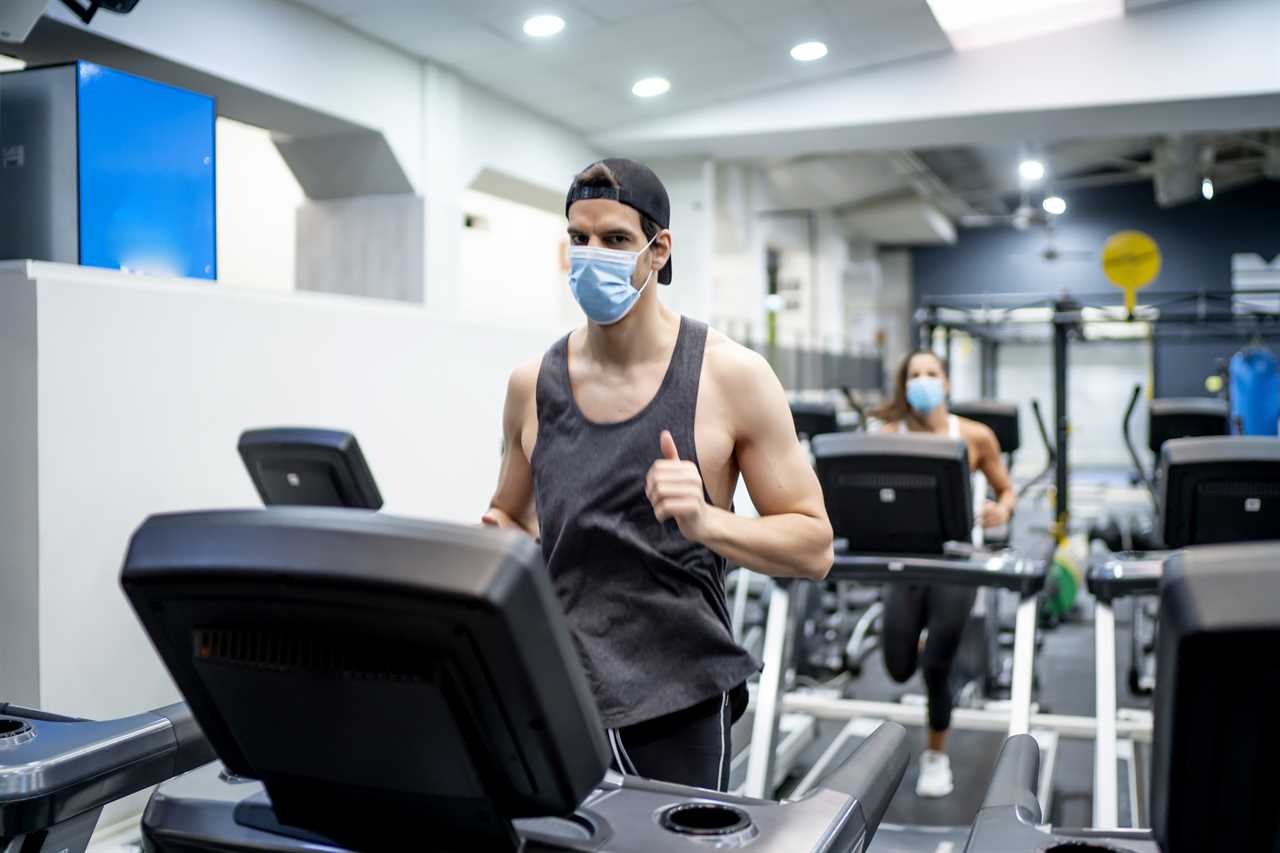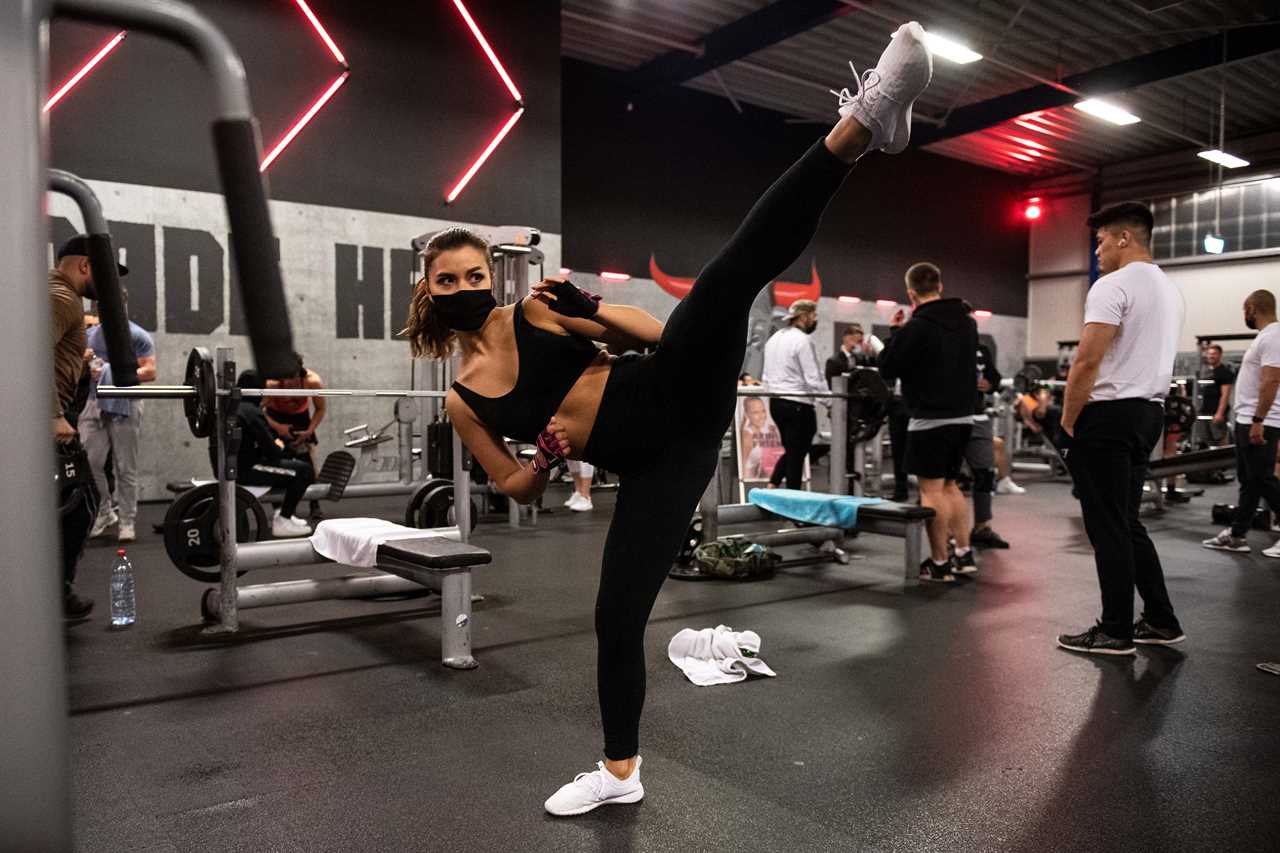THE ongoing impact of COVID-19 is putting people’s workout routines in a spin, with eight in 10 Americans admitting they’ve had more reasons for not working out since the start of the pandemic, according to new research.
A study of 2,000 adults found that for 61 percent, pandemic-related restrictions at local gyms, such as mask requirements, made working out less comfortable.

Another 53 percent reported gym closings and the same amount said they’ve gotten used to a more sedentary lifestyle.
Overall, 67 percent tend to put off exercise, with millennials the most likely to do so (73 percent).
Conducted by OnePoll on behalf of Les Mills ahead of National Fitness Day, results also looked into the reasons that 48 percent have felt deterred from reaching their fitness goals.
Some people cited concerns of being stuck with a membership if they don’t like a gym (42 percent), being too embarrassed to ask the staff for assistance (36 percent), and comparing themselves to fitness influencers or bloggers (36 percent).
Health issues were found to prevent 51 percent from doing most exercises, while 47 percent don’t have anyone to look after their kids while they’re at the gym and the same amount don’t know where to begin.
For Gen Z respondents, lack of time was the top reason for putting off exercise (64 percent). Meanwhile, millennials noted health issues (53 percent) and Gen X are unsure where to start (47 percent).
“The pandemic has impacted the workout habits of many, affecting not only where they exercise but also how often,” said Sean Turner, CEO of Les Mills US.
“On average, respondents shared they spend 49 percent of the time exercising in the gym and 23 percent of the time outside of the gym.”
When asked what areas of fitness they’d like to focus on improving this year, strength training (40 percent) and cardiovascular (26 percent) were top of mind among those polled.
To help them feel more confident at the gym, 43 percent would like to be able to take classes with others of a similar level, while 39 percent cited having access to instructions for the equipment and watching fitness videos at home before heading to the gym as confidence boosters.
Thirty-seven percent feel the most confident when working out in a group, and 34 percent prefer exercising alone or one-on-one with a personal trainer.
Read More on The US Sun
“There are different paths to fitness confidence, depending on people’s preferences and where they are in their journey,” said Turner.
“It’s important for gyms to meet people where they are, whether by dialing up the community and social aspects of group classes, or helping people to find their feet and build confidence through solo sessions and support via a club app.”









